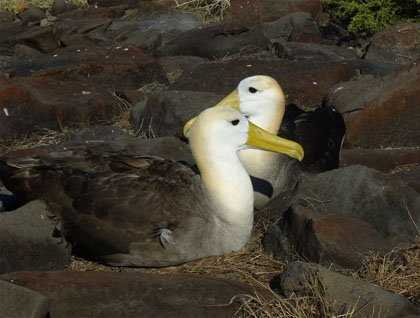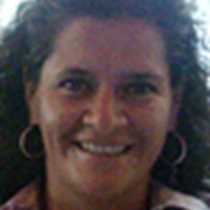Española, or Hood Island, is the island where we find ourselves today. It was named by English pirates back in the 1700’s, and is one of the oldest islands of the enchanted archipelago. With around four million years to develop, here species have had more time to evolve in isolation. Española is the home for a few endemic species of its own.
The mockingbirds found here are one of four species that are present on the islands. These are the birds that caught Charles Darwin’s attention back in 1835. He collected three of the four species and noted the physical differences between them, and that is how he began to pull together his theory of evolution.
A waved albatross had chicks today, and some of them were so young that the parents where still sitting on them to protect them. Española is the only place in the planet where this creatures lands to reproduce. The rest of their time is spent in the air - incredibly enough, the albatross spends 95% of its life soaring above the oceans of the planet.
As we continued to walk among the trails that once were pahoa-hoe lava flows, we had a chance to see Nazca boobies, a few blue-footed boobies courting, and others making a nest. The hawks were also nesting today and it was great to be able to see them up close and personal.
As we got back on board we really understood why this fragile ecosystem needs to be protected and conserved in time, not only for us to see, but for the animal species that belong here and nowhere else.




